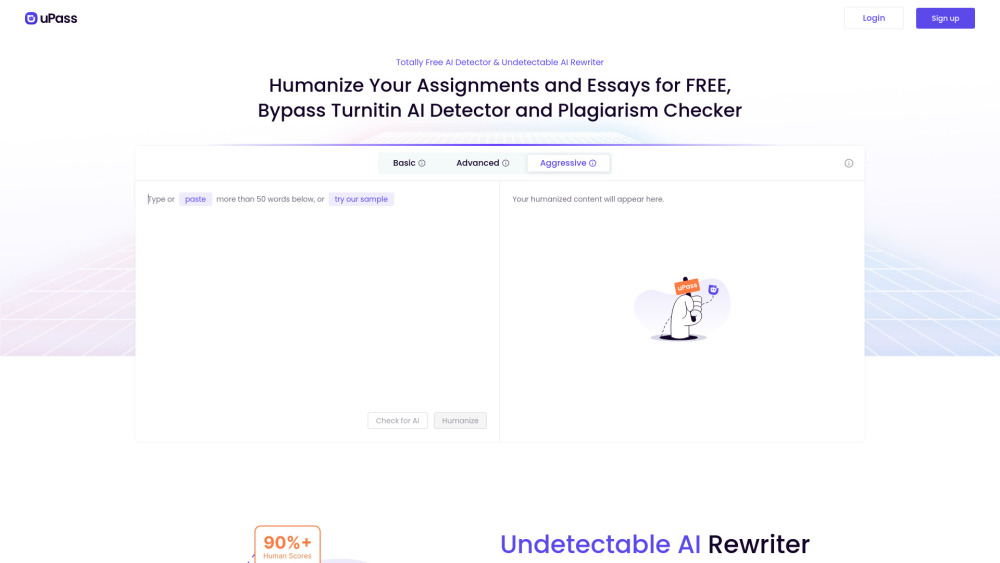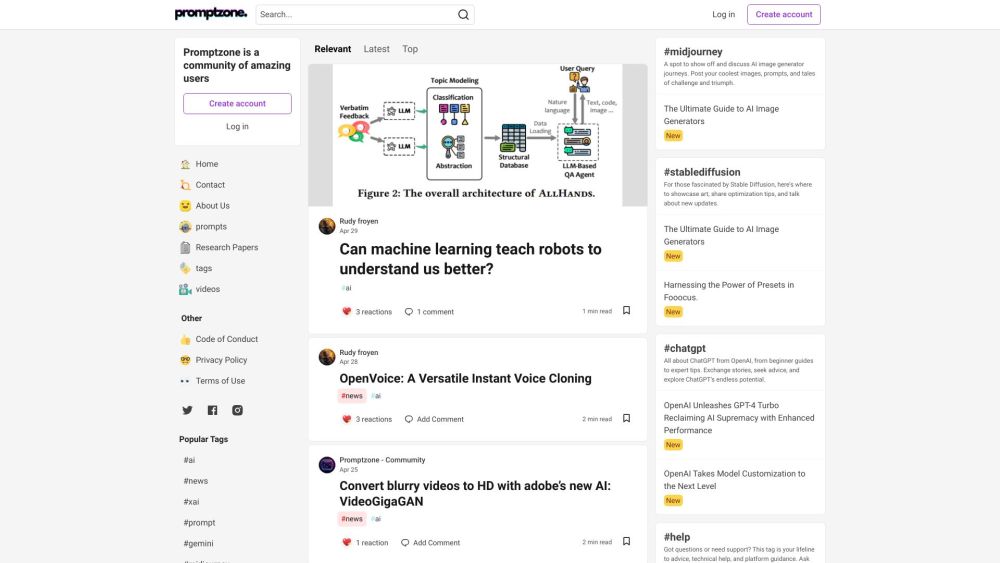At its inception, the metaverse introduced an exhilarating concept previously confined to science fiction: a virtual world where we could embody anyone and explore anywhere. This digital realm promised immersive experiences enhanced by wearables, interactive graphics, and 3D features, unlocking limitless possibilities.
However, this vision faced challenges in gaining traction, particularly as the rise of generative AI captured society's attention. "People tend to focus on one thing at a time; generative AI was such a big shiny object that it became the focal point," noted Gartner analyst Marty Resnick. As a result, excitement for the metaverse waned, with some declaring it not just passé but "dead."
Yet experts argue otherwise. The metaverse's definition and applications are evolving beyond the traditional boundaries of virtual reality (VR). “Stop thinking about it solely in the context of VR,” Resnick advised. “It’s more about creating new interactions between the physical and digital worlds.”
The Metaverse's Promise in the Physical Realm
Despite setbacks, the metaverse economy is projected to soar to $400 billion by 2030, up from $48 billion in 2022, with a potential impact of up to $5 trillion. While Meta incurred a $47 billion loss on its metaverse pursuits, innovations like the Apple Vision Pro, expected in January, may reignite interest.
Looking ahead, experts believe the metaverse will blend more with augmented reality (AR) and extended reality (XR) rather than existing purely as VR. “The biggest opportunity for the metaverse lies in the physical world,” explained Resnick. This evolving landscape suggests a future where virtual and physical experiences coexist. "We will enter virtual spaces for specific experiences, while the virtual world will enhance our physical experiences," he added.
The Rise of the Enterprise Metaverse
The metaverse holds significant potential for enterprises, particularly in augmented learning and collaboration. Virtual offices can facilitate seamless onboarding, allowing new employees to connect quickly. Companies like JP Morgan and Citibank are already implementing virtual onboarding processes.
“New employees can collaborate and get to know one another instantly,” Resnick noted. This immersive setting enhances training on sensitive topics, fostering real engagement and empathy, as opposed to traditional, scripted methods. Bill Briggs, Deloitte's CTO, highlighted that experiential learning results in better retention and recall. “It feels more like an earned experience instead of passive learning,” he explained.
Exploring the Industrial Metaverse
The industrial sector too can harness metaverse benefits. Workers can interact with machinery to optimize manufacturing processes through AI, XR, VR, and digital twin technologies. Spatial data and digital overlays enable real-time insights into operations, helping businesses assess inventory flow and machinery repair needs.
By leveraging integrated systems, companies can simulate countless scenarios, allowing for agile adjustments in product and industry strategies. The metaverse can enhance worker capabilities, enabling managers to provide real-time assistance and conduct training on difficult-to-replicate equipment. “The industrial metaverse seamlessly blends the physical and digital,” Briggs stated. "It’s about shrinking time and space, which is incredibly exciting."
Overcoming Technology and Social Barriers
Significant hurdles remain for the metaverse to achieve its full potential. Current VR and spatial computing technologies require advancement. Resnick emphasized the need for user-friendly wearables, as aesthetics affect social acceptance. “If people are embarrassed to wear it, it won't gain traction,” he said, a sentiment echoed by Briggs regarding the unattractiveness of wearing computing devices on one's face.
Moreover, effective interactions demand realistic graphics and overlays. While efforts are underway to standardize tools for creating virtual worlds, including Universal Scene Description (USD), adoption is still in its infancy. The challenge lies in generating high-quality digital content that meets industry requirements. "Photo-realistic, physics-based renderings are essential, and many industries lack this digital content," Briggs noted.
Synergy Between the Metaverse and Generative AI
Although generative AI may have momentarily overshadowed the metaverse, the two will ultimately complement one another. Generative AI can enhance digital assets, including 3D components, fostering a collaboration that creates hyper-personalized environments.
Resnick suggested that the integration of various technologies will drive innovation. "You can’t consider these advancements in isolation; they work best together," he explained. This synergy will democratize access to immersive experiences, reshaping how we interact with technology.
A Call to Innovate, Not Imitate
With ambition surrounding the metaverse, AI, and emerging technologies, organizations must craft clear strategies that move beyond sci-fi concepts. “Balance the enthusiasm with tangible goals,” Briggs advised. Enterprises should identify use cases that reimagine processes, fostering creativity. “Simply tech-enabling inefficient processes just amplifies inefficiency.”
In conclusion, the metaverse, generative AI, and related technologies are evolving predictably, suggesting that the intersection of these advancements will yield the most exciting opportunities. “No single technology is the hero; it’s essential to remember that we shouldn’t be constrained by past paradigms,” Briggs said, emphasizing the need for a fresh perspective in embracing innovation.





